
S32205/2205 stainless steel introduction
S32205/2205 stainless steel is a duplex stainless steel, composed of ferritic and austenitic. It combines the advantages of ferritic stainless steel and austenitic stainless steel and has excellent performance.
S32205/2205 stainless steel is a duplex stainless steel, composed of ferritic and austenitic. It combines the advantages of ferritic stainless steel and austenitic stainless steel and has excellent performance.
1、 Performance Characteristics
Good corrosion resistance: S32205/2205 stainless steel performs well in a variety of corrosive environments, including chloride stress corrosion cracking and pitting. Its corrosion resistance is superior to that of 304 and 316 stainless steel, especially in environments containing chloride ions.
High Strength: This stainless steel has high strength, about double that of common austenitic stainless steels. This gives it an advantage in structural applications where less material can be used.
Good toughness: S32205/2205 stainless steel maintains good toughness at low temperatures and is suitable for a variety of low temperature applications.
Good welding performance: it can be welded by various welding methods and still maintains good performance after welding.
2、Advantages
Cost effective: Due to its high strength and good corrosion resistance, S32205/2205 stainless steel can replace more expensive materials such as super duplex stainless steel and nickel-based alloys in some applications.
Lightweight: Due to its high strength, the use of S32205/2205 stainless steel reduces the weight of the structure, thereby reducing transportation and installation costs.
Easy to process: This stainless steel can be processed by conventional machining methods, such as cutting, bending and welding.
3、Uses
Oil and gas industry: S32205/2205 stainless steel is widely used in the oil and gas industry, such as pipelines, pressure vessels and heat exchangers. Its corrosion resistance and high strength enable it to be used in harsh environments.
Chemical industry: In the chemical industry, S32205/2205 stainless steel is used to manufacture equipment such as reactors, tanks and pipes. It can resist the corrosion of various chemicals.
Marine Engineering: Due to its good corrosion resistance and high strength, S32205/2205 stainless steel is suitable for structural parts and equipment in marine engineering.
Construction industry: In the construction industry, S32205/2205 stainless steel can be used to make curtain walls, railings and decorative parts, etc.. Its aesthetics and corrosion resistance make it an ideal building material.
In conclusion, S32205/2205 stainless steel is a duplex stainless steel with excellent performance, good corrosion resistance, high strength, good toughness and good welding performance. It has a wide range of application prospects in the oil and gas, chemical, marine engineering and construction industries.
stainless steel processing
The manufacture of stainless steel involves a series of processes. First, the steel is melted, and then it is cast into solid form. After various forming steps, the steel is heat treated and then cleaned and polished to give it the desired finish. Next, it is packaged and sent to manufacturers, who weld and join the steel to produce the desired shapes.
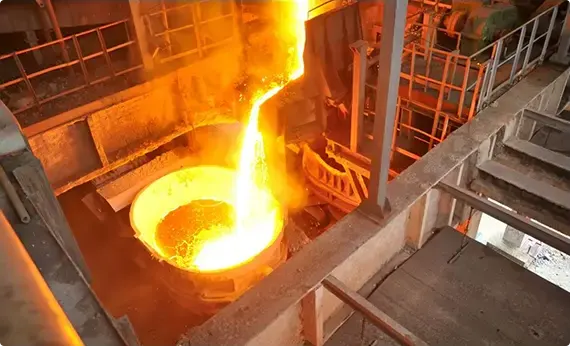
Melting and Casting
The raw materials that constitute a stainless steel item are placed together and melted in a giant electric furnace. Intense heat is applied rigorously for a period of 8 to 12 hours during this step. Once the melting is complete, the molten steel is cast into desired semi-finished forms. Some of the most common forms or shapes include slabs, blooms (rectangular shapes), billets (these could either be round or square), rods, and tube rounds.

Forming
In the second stage, the semi-finished steel shapes undergo a series of forming operations. For instance, the stainless steel is hot rolled (heated and passed through enormous rolls). The blooms and billets mentioned above are converted to bar and wire. The slabs on the other hand are formed into plates, strips or sheets. It is very common to turn semi-finished steel shapes into bars, as it is the most versatile stainless steel form (it comes in all grades and sizes). You have round, square, octagonal, and hexagonal bars, each suitable for a different type of application.
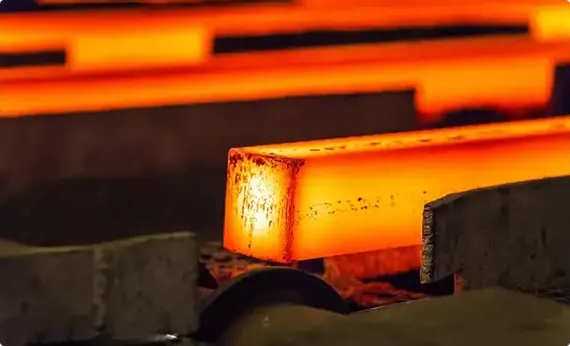
Heat Treatment
The various stainless steel forms undergo a thorough annealing process during this step. Annealing is another name for heat treatment where the stainless steel is heated and cooled in a controlled environment. The purpose of this heat treatment is to relieve the pent-up stress inside the stainless steel and soften the material to make it more suitable for a wide variety of applications. The people in charge of carrying out the annealing process have to be very careful about the conditions as even the slightest of changes in the temperature, pressure, duration, or cooling rate could result in a faulty product.
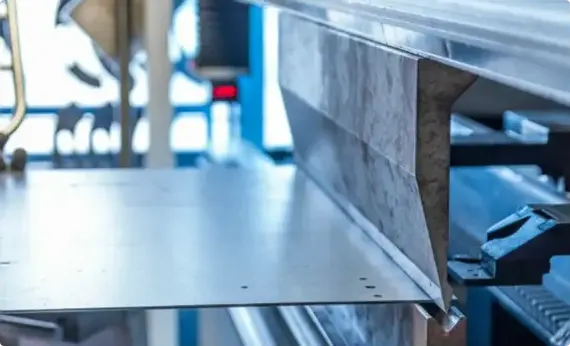
Descaling
During the annealing process, a certain amount of scale appears on the surface of the stainless steel. This scale can be removed using a number of different processes that are collectively known as descaling. Pickling is one of the more common methods of carrying out the descaling process.
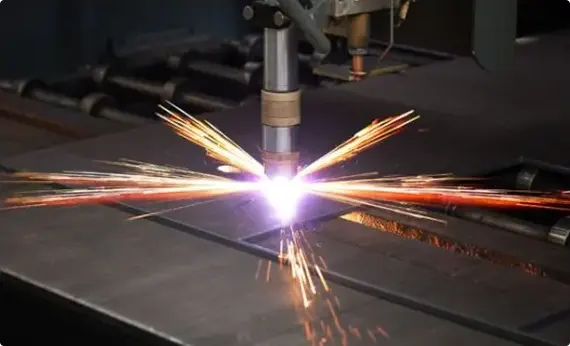
Cutting
The semi-finished, heat-treated, and descaled stainless steel forms are cut into specific shapes in this step. Mechanical cutting is performed with the aid of guillotine knives, blanking, nibbling, and high-speed blades.
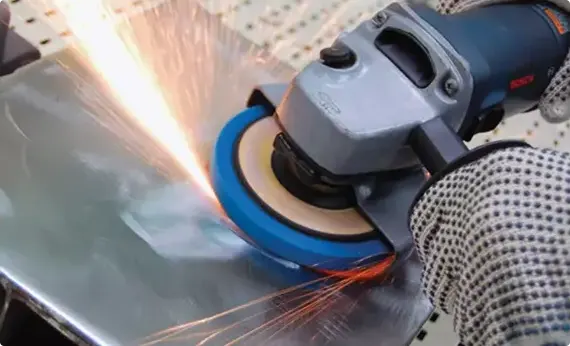
Finishing
Finishing is applied to help the stainless steel product achieve its signature aesthetically appealing appearance. Finishes are also needed to make the stainless steel product smooth and easier to clean, which is a top requirement in sanitary applications.
